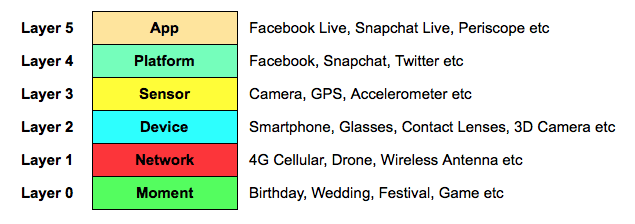Gallup's researchers suggest three reasons why: Boomers see their jobs as suited to their skills; as career capstones; and as intrinsically fulfilling.
Millennials, on the other hand, take less pleasure from work, and remain less engaged and productive. Additional studies show they don't care particularly much for their employers.
"Young people are increasingly cynical about work," says psychologist Jean Twenge in Psychology Today.
Cynicism is worrisome, Twenge says, because it trumpets lackluster performance—and pay—in the long run.
Twenge recommends Millennials quit their dreams of world domination and seek instead that "intrinsic fulfillment" Boomers enjoy in the workplace.
Dialing back social media is a good start.
"Social media doesn't help us live the career stories we want," Twenge says.
"We constantly judge ourselves via comparison to others, and social media fuels this fire. Seeing posts from friends about their seemingly glamorous, high-profile work can make us question our focus on intrinsic rewards. It helps to remember that every job has its downside, or at least its dull side, which few share on Facebook."
Twenge also recommends:
- Reducing the volume of other distractions in the workplace
- Savoring the tasks you most enjoy, aiming for "flow"
- Finishing mundane tasks when you're naturally least engaged (while waiting for the start of conference calls, for example); and
- Looking for fulfillment outside work—in hobbies and among family, friends and communities
Besides, "Who would ever want to be king?"
























